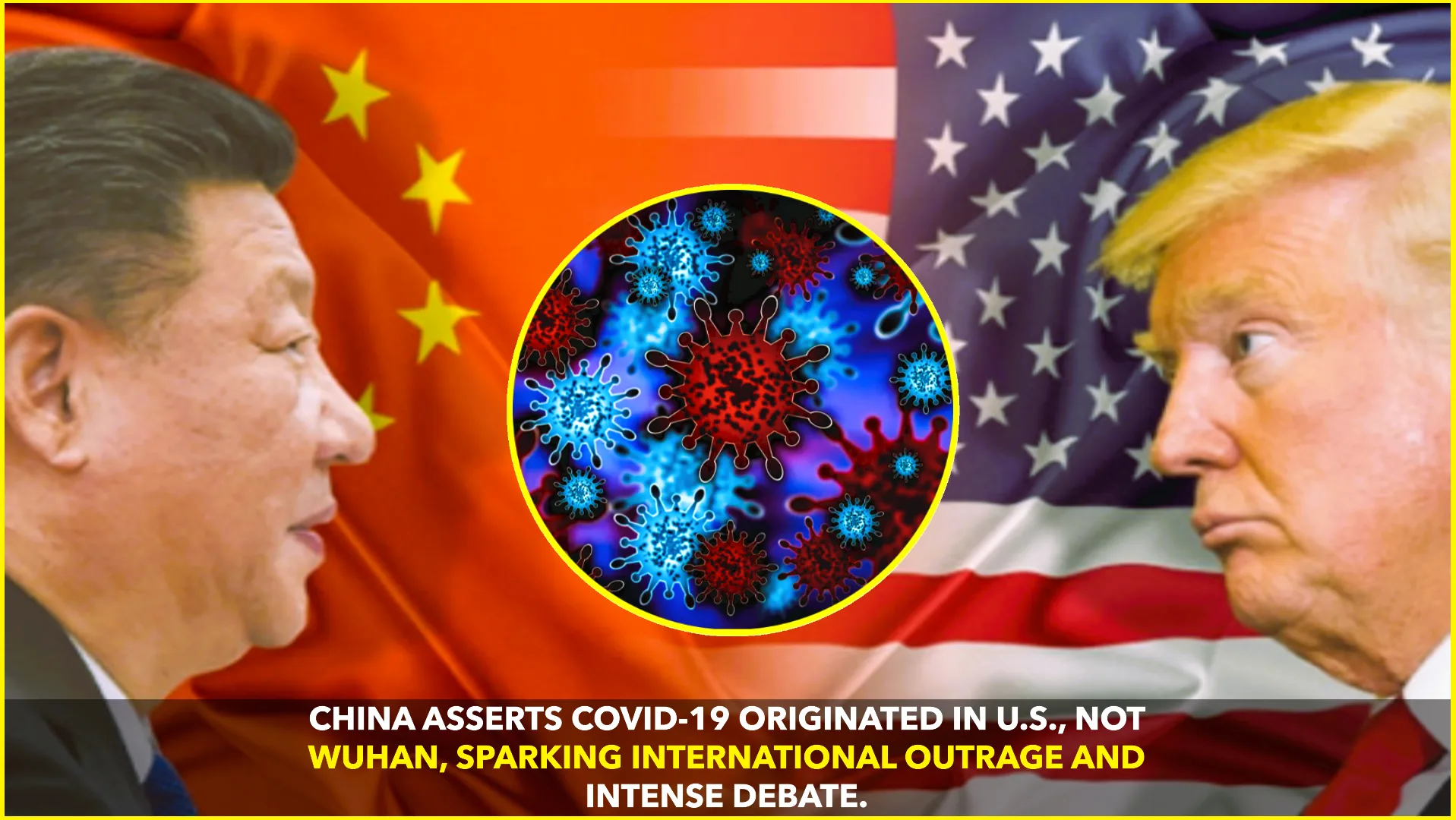Beijing, 2025
In a startling and geopolitically charged move, China has released a white paper asserting that COVID-19 may have originated not in Wuhan—but rather in the United States. The claim, published around late April by Beijing’s State Council Information Office and carried by Xinhua, challenges the prevalent scientific consensus and underscores the escalating tension between the two powers over the pandemic’s origins. ReutersThe Daily Beast
A Sharp Retort in the Origins Debate
This claim comes as a direct response to the U.S. government’s renewed emphasis on the lab-leak theory implicating China, which had been spotlighted by a revamped COVID-19 information portal launched by the Trump administration in mid-April. China, in turn, denounced that U.S. narrative as overly politicized, deflecting the blame with its counter-assertion that “substantial evidence suggested the COVID-19 might have emerged in the United States earlier than its officially-claimed timeline, and earlier than the outbreak in China.” ReutersThe Daily Beast
The White Paper’s Core Arguments
The 23-page document criticizes Washington for “pretending to be deaf and dumb” and failing to address the legitimate concerns of the international community, while it points to a 2020 Missouri lawsuit that accused China of hoarding personal protective equipment and covering up critical information—despite the court ruling under the Foreign Sovereign Immunities Act that such claims fell under commercial exceptions. ReutersThe Daily BeastWikipedia
China emphasizes its early cooperation with global bodies such as the WHO, referring to the joint WHO-China mission that deemed a lab-leak origin “extremely unlikely.” It frames the U.S.’s continued focus on a Wuhan origin as politically motivated. Reuters
Science vs. Geopolitics
Scientific investigations continue to favor a zoonotic origin. Notably, a 2022 study published in Cell traced suggestive genetic markers back to raccoon dogs, civet cats, and bamboo rats sold at Wuhan’s Huanan market, reinforcing the natural spillover hypothesis—though not conclusively. AP News
Meanwhile, U.S. intelligence agencies remain divided. The CIA, as of early 2025, concluded with low confidence that a lab leak in Wuhan was more likely than natural spillover, while not ruling out either possibility. CBS NewsWikipedia A 2021 declassified report from the Office of the Director of National Intelligence similarly found multiple plausible origin paths, noting the absence of definitive proof for any. Director of National IntelligenceWikipedia
China’s deflection reignites debate, but it fails to provide scientific evidence supporting an American origin. The white paper lacks epidemiological data or corroborative studies, making it more a political salvo than a data-driven challenge.
The Global Stakes
The debate illustrates how tracing virus origins can become entangled in international strategy. WHO Director-General Tedros Adhanom Ghebreyesus once cautioned against politicizing the origin search, urging that it remain “comprehensive, independent and impartial.” Yet China’s withholding of some data and restrictions on access to research sites have long frustrated investigators. Wikipedia+1Health Policy Watch
Now, the assertive pivot to accuse the U.S. signals a shifting tactic: rather than transparently engaging in joint investigations, China appears to be redirecting suspicion toward its principal rival.
What Comes Next?
Resolving the mystery of COVID-19’s origin remains elusive. Without China granting broader cooperation or sharing raw data, and without clear evidence supporting any alternative, the conflict risks becoming less about truth and more about global influence.
Researchers warn that only by fostering open, science-based international collaboration—not tit-for-tat blame—can the world hope to bolster preparedness for future pandemics.










